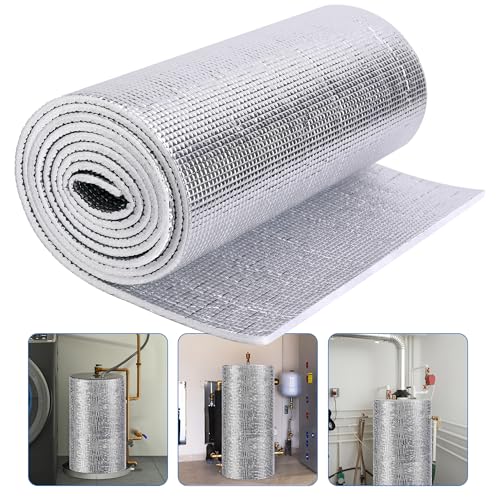Hello all
Can you help me identify these pipe types in the photos? I can't tell if it's copper or some other standard. This is coming directly off my city main.



My water pressure was running at 120psi and adjusting my PRV made no difference so I assume it is bad. I dug it up and this is what I found.
I assume I can just wrench the nut off the one side then screw the whole valve off the other side. Is there anything special that needs to be done to this fitting type? Any special compounds in the threads or can I just screw it on tight? (Just trying to make sure I know what I am doing before I pull it apart.
Thanks
Brent
Can you help me identify these pipe types in the photos? I can't tell if it's copper or some other standard. This is coming directly off my city main.



My water pressure was running at 120psi and adjusting my PRV made no difference so I assume it is bad. I dug it up and this is what I found.
I assume I can just wrench the nut off the one side then screw the whole valve off the other side. Is there anything special that needs to be done to this fitting type? Any special compounds in the threads or can I just screw it on tight? (Just trying to make sure I know what I am doing before I pull it apart.
Thanks
Brent

























































